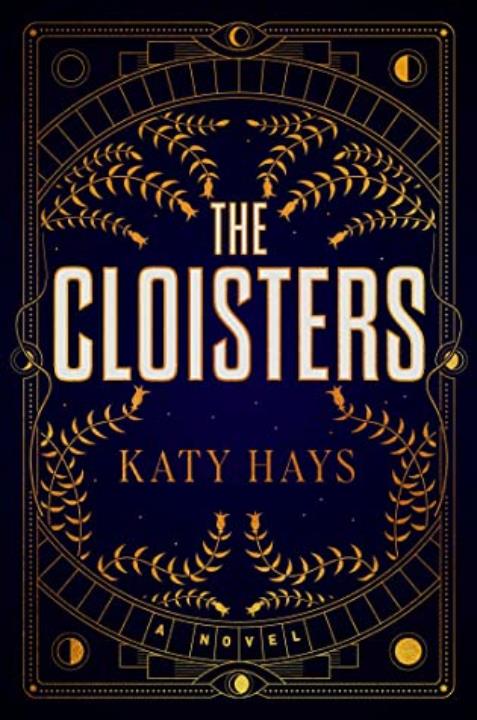Is your pinterest board filled with academia, botany, renaissance art, constellations, and tarot cards? If so, The Cloisters is the book for you. Katy Hays goes into beautiful details describing the setting of this novel, giving the reader a vivid visual of the overall aesthetic that permeates it. The Cloisters, as the name suggests, is set in the Met Cloisters in Manhattan. This museum has a special focus on gothic and romanesque medieval exhibitions. The story follows a young woman named Ann, a recent undergraduate who, through a series of fated events, lands herself at the Met Cloisters. Ann works under a charming curator who is attempting — with the assistance of his “IT Girl” intern/side piece — to make a breakthrough in linking Tarot divination to the early renaissance era. The trio they comprise immerses Ann in a new world of mystery and secrets, giving the overall theme a very cloak and dagger feel to it.
Aesthetics aside, there were parts I didn’t enjoy. For one, some scenes were eclectic and sudden, making them quite jarring to read. In one instance two characters sit at a pub for a brew. They exchange a handful of sentences, which would only transfer to a two minute conversation, before, without finishing their drinks, they up and leave on a whim from one of the characters. It felt as though the whim was somehow important to the story, but Hays was unsure as to how to expose it to the audience and so she just plopped it there to be done with it. Other scenes were hard to read. The writing itself was confusing and unclear and I found myself rereading many lines to try to make sense of them. Because of that, it felt as though the significance of some scenes were muddled and then disregarded from confusion.
The plot itself felt restrained. There were times where Hays could have taken it a step further, and in not doing so, wrote a piece that was lacking and even boring in some places. There were other times where it seemed she backtracked on her own plot, in what I’m assuming was an attempt to misdirect, but I found it more frustrating than suspenseful. Contrarily, there was also a lot of sloppy foreshadowing, which was repetitive and heavy-handed. All that said there were still aspects of the book I enjoyed, and it was not a complete flop for me.
I found Hays’ descriptions not only gave me a visual and vibe for the setting, but really brought the characters to life. She spent time describing small habits, flaws, and nuances in character behaviours that made them into believable, recognisable, and three dimensional characters. It was even misleading at points. I believed I had one character pegged, and thought they would act and react a certain way, but in the most unexpected yet understandable ways they reacted less like a character in a book and more like a complex human would.
The ending left me on a note of enjoyment, making me almost forget my earlier complaints; all in all, this book was middle of the road. It had good parts and bad ones, and they sort of balanced each other out. I would not recommend this for just anyone, however I would strongly suggest it as a read for those who enjoy dark academia, medieval studies, and of course the mystical Tarot cards and their history.


